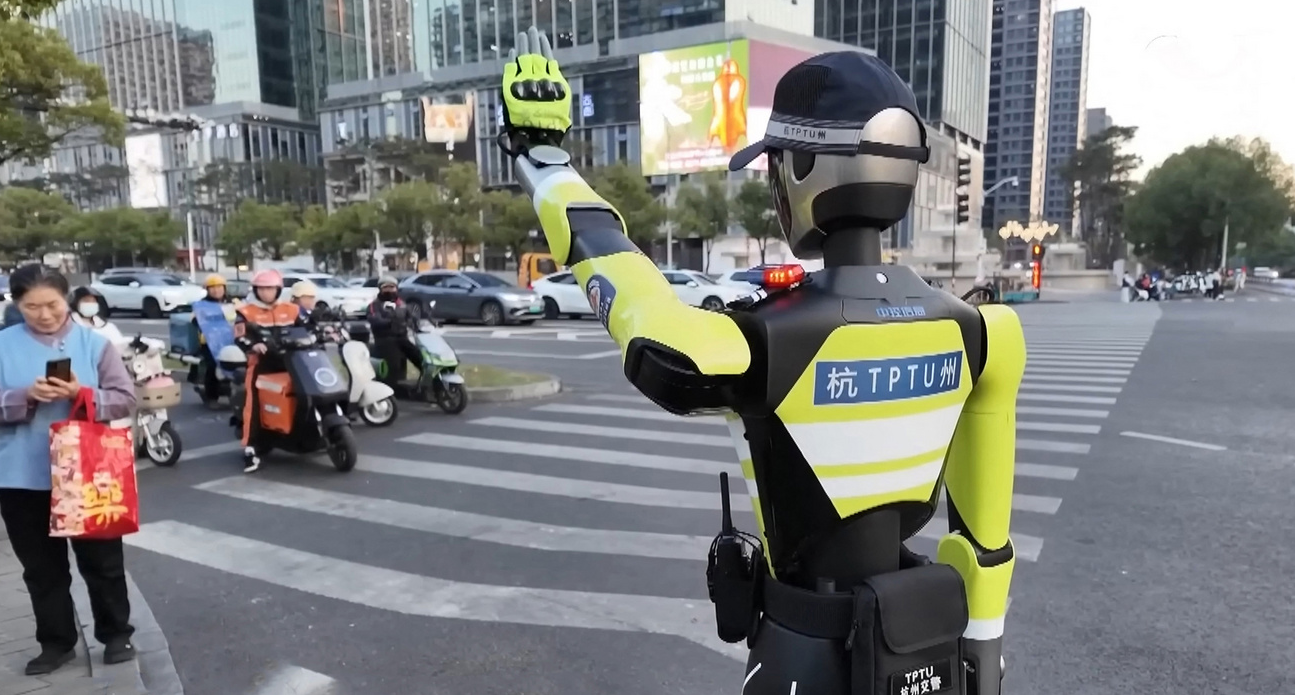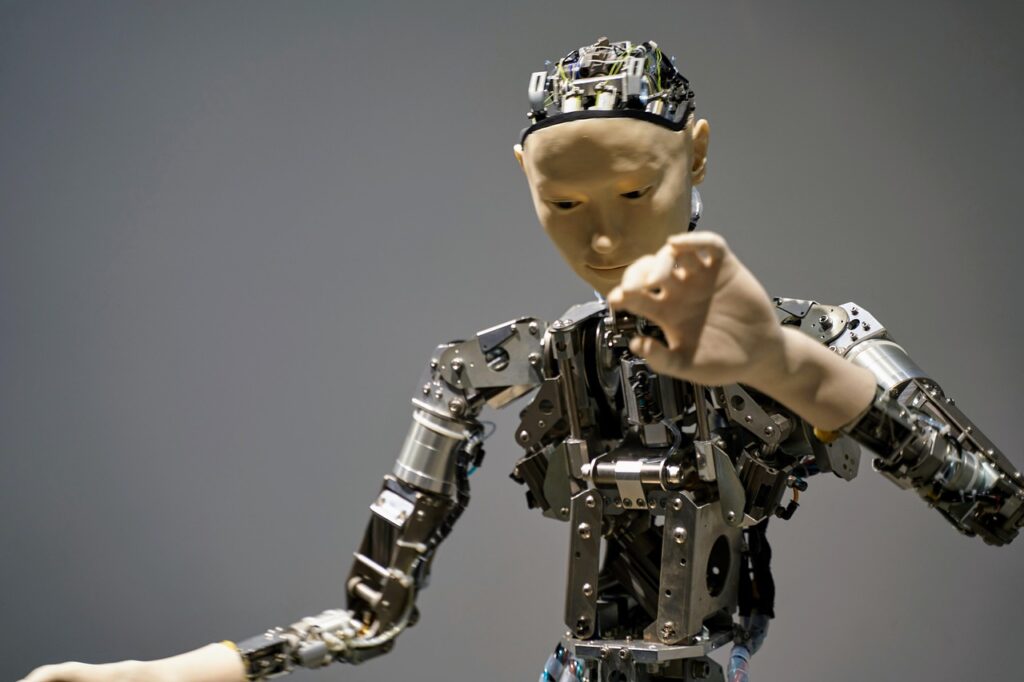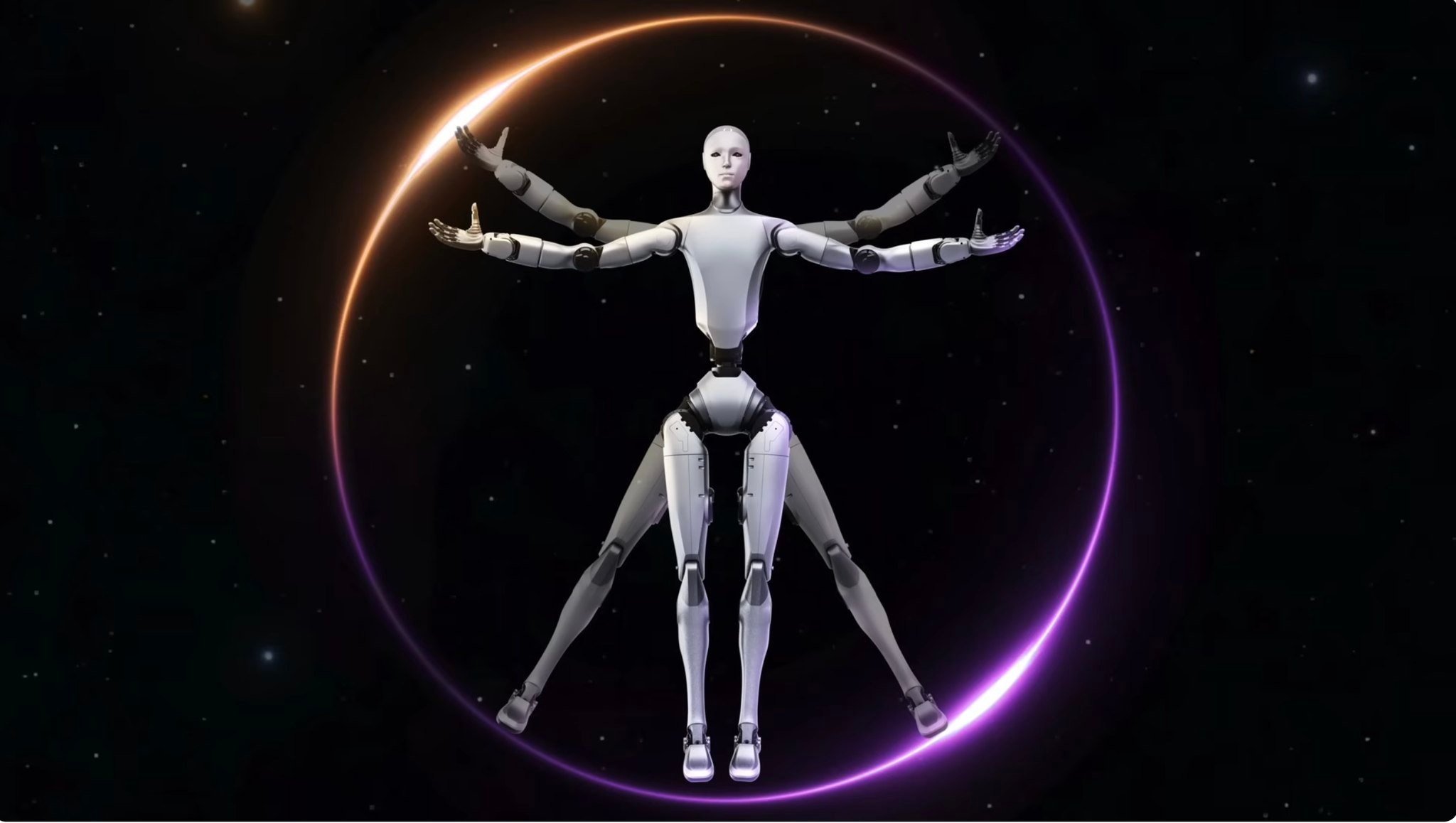In a spectacle that was equal parts jaw-dropping innovation and comedic malfunction, China hosted the world’s first-ever World Humanoid Robot Games, transforming Beijing into a bizarre arena where robots attempted—and often failed spectacularly—to mimic human athletic prowess.
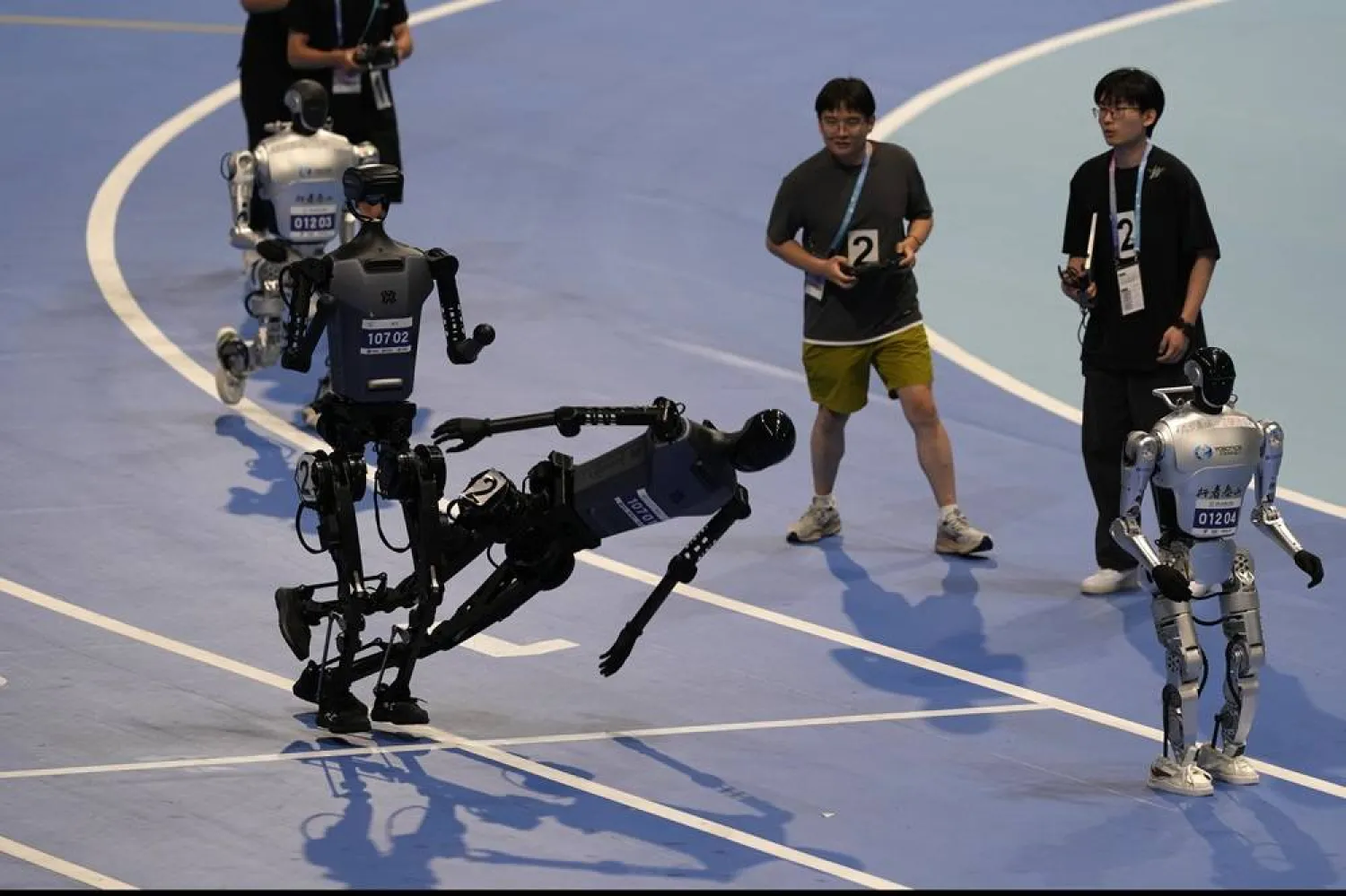
The three-day event, which ran from August 15-17, featured over 500 humanoid robots from 280 international teams competing across 26 different events. While the ambition was undeniably impressive, the execution often veered into territory that would make even the most optimistic roboticist wince.
The soccer matches resembled less of FIFA and more of a toddlers’ first kick-about, with robots frequently collapsing mid-play or missing the ball entirely. During kung fu demonstrations, child-sized robots fell face-first and spun helplessly on the ground while attempting to regain their footing.
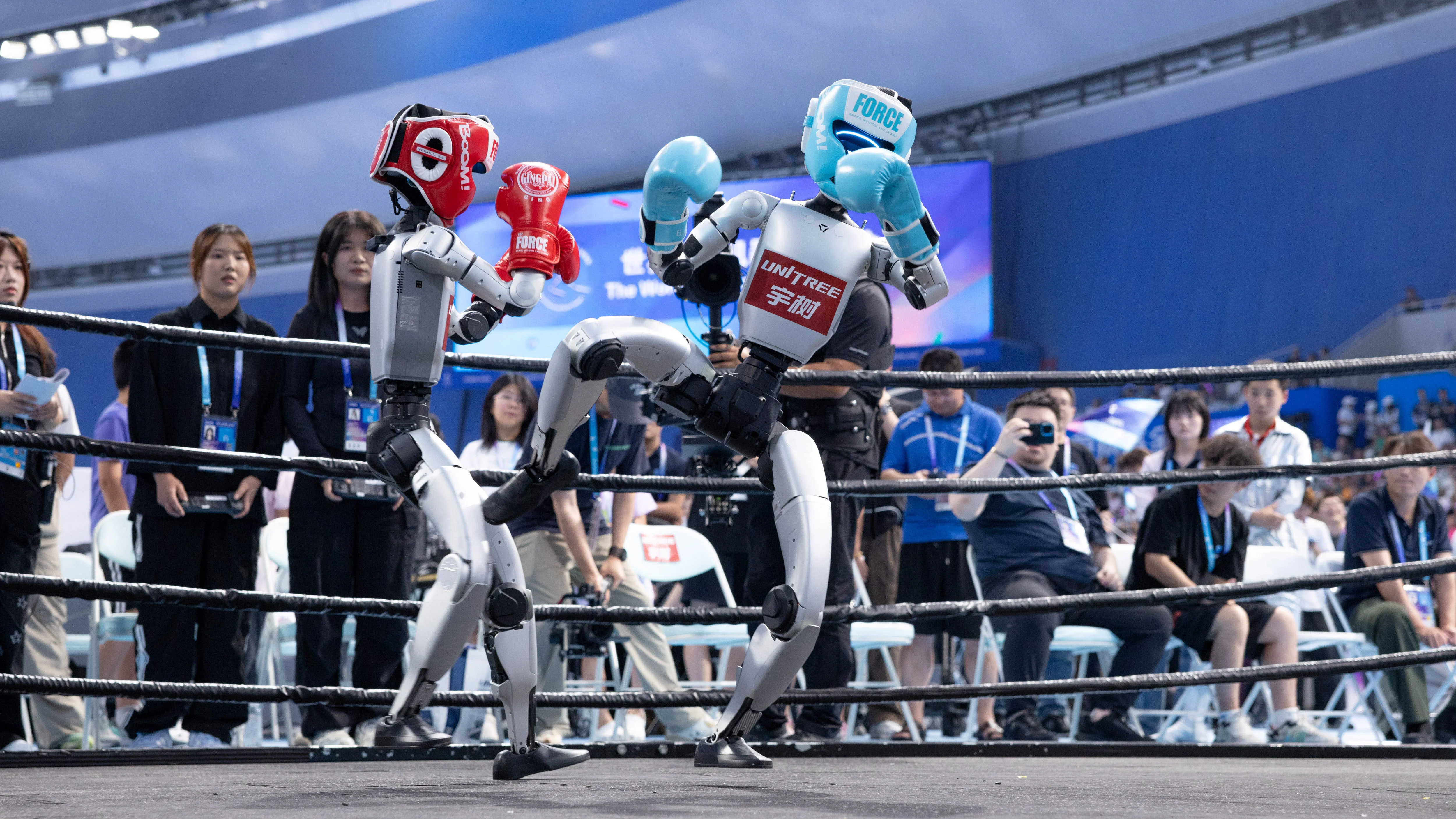
But beyond malfunctions lay genuine technological achievements. The running events showcased remarkable advances in bipedal locomotion, with one robot completing a 1,500-meter race in just 6-and-a-half minutes—a time (for a robot) that would have been impossible just years ago. The medical sorting competitions demonstrated practical applications pointing toward a future where robots could serve critical healthcare functions.
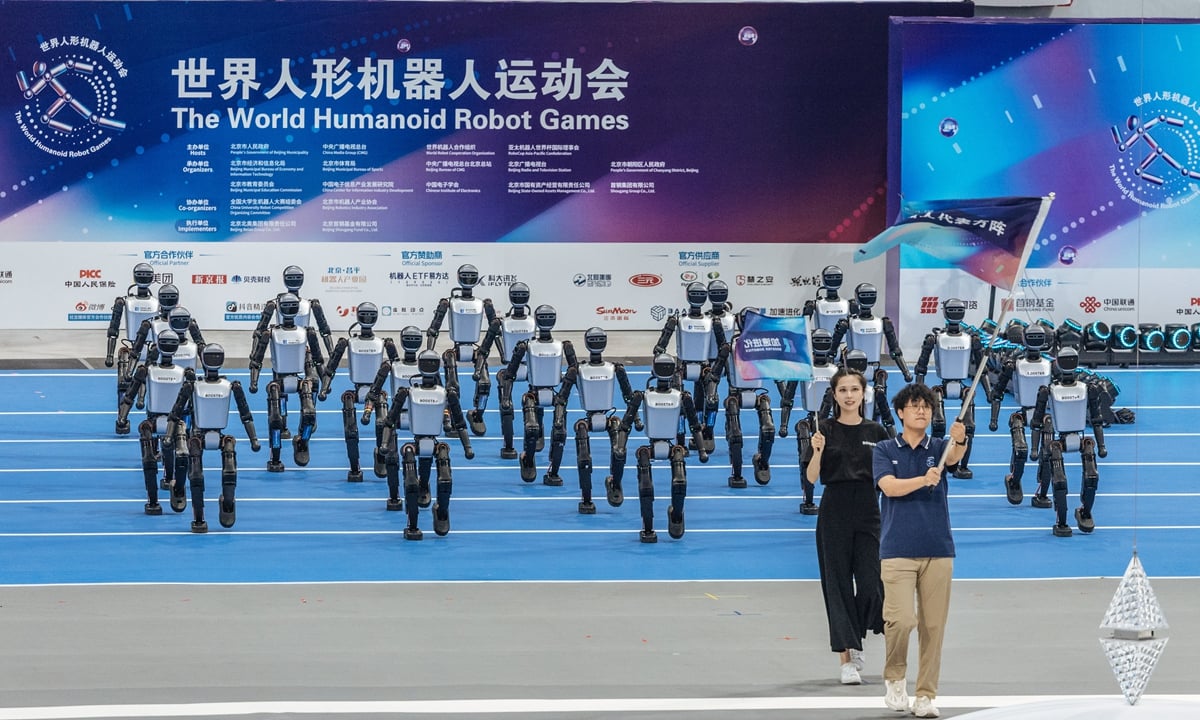
The games featured teams from 16 countries, including Japan, Germany, and the United States—with China bringing in its robotics heavyweights like Unitree and Booster—all representing a mix of universities and private companies that are all pushing the boundaries of humanoid robotics. These machines, while far from perfect, demonstrated autonomous movement, decision-making, and task completion that would have seemed like science fiction a decade ago.
The games have already sparked debate about the future intersection of sports, technology, and entertainment. Will we see human-vs-robot competitions? Could robotic leagues eventually complement or even rival human sports in popularity?
One thing’s certain: we’re witnessing the awkward adolescence of a technology that will eventually transform our world—one hilarious faceplant at a time. For more on where the future of robotics from China lies, check out our coverage here.
Cover image via Online Indus.




